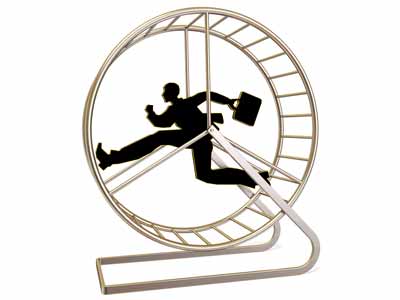More
Example:
A French company sells a production machine to the USA for $2M (two million dollars) with a 60-day credit period for the customer. The rate of exchange at the time of delivery is €1.30/USD, which means that the customer receivable is worth €2.6M (2.6 million Euro). The company's bank offers the company a futures assurance which provides protection against a weakening in the USD by providing that it will buy USD in 60 days at €1.28. Since this is a significant customer receivable, the company chooses to hedge 50%. The futures contract means that the company will be forced to sell, and the bank forced to buy, in 60 days, 1 MUSD (50% of the total) at the exchange rate of €1.28/USD.
Assume that the exchange rate falls to €1.21/USD by the time that the customer pays. The company now sells half of the 2MUSD that it was paid for €1.28/USD. The rest is exchanged at the rate of €1.21/USD. In total the company receives €1.28M + €1.21M = €2.49M. If the company had not hedged and had instead exchanged the 1 MUSD at €1.21, the company would have received €2.42M. The company thus profited to the extent of €70,000 by means of the currency futures contract (leaving aside fees to the bank).
In this example, the company chooses not to hedge the whole amount. It is desirable to have an upside in case the USD strengthens against the Euro. If the company hedges the whole amount of 2 MUSD and the exchange rate of the USD rises to €1.32/USD the company will have to sell at an exchange rate of €1.28. The company will thus lose €2.64M - €2.56M or €80,000.





